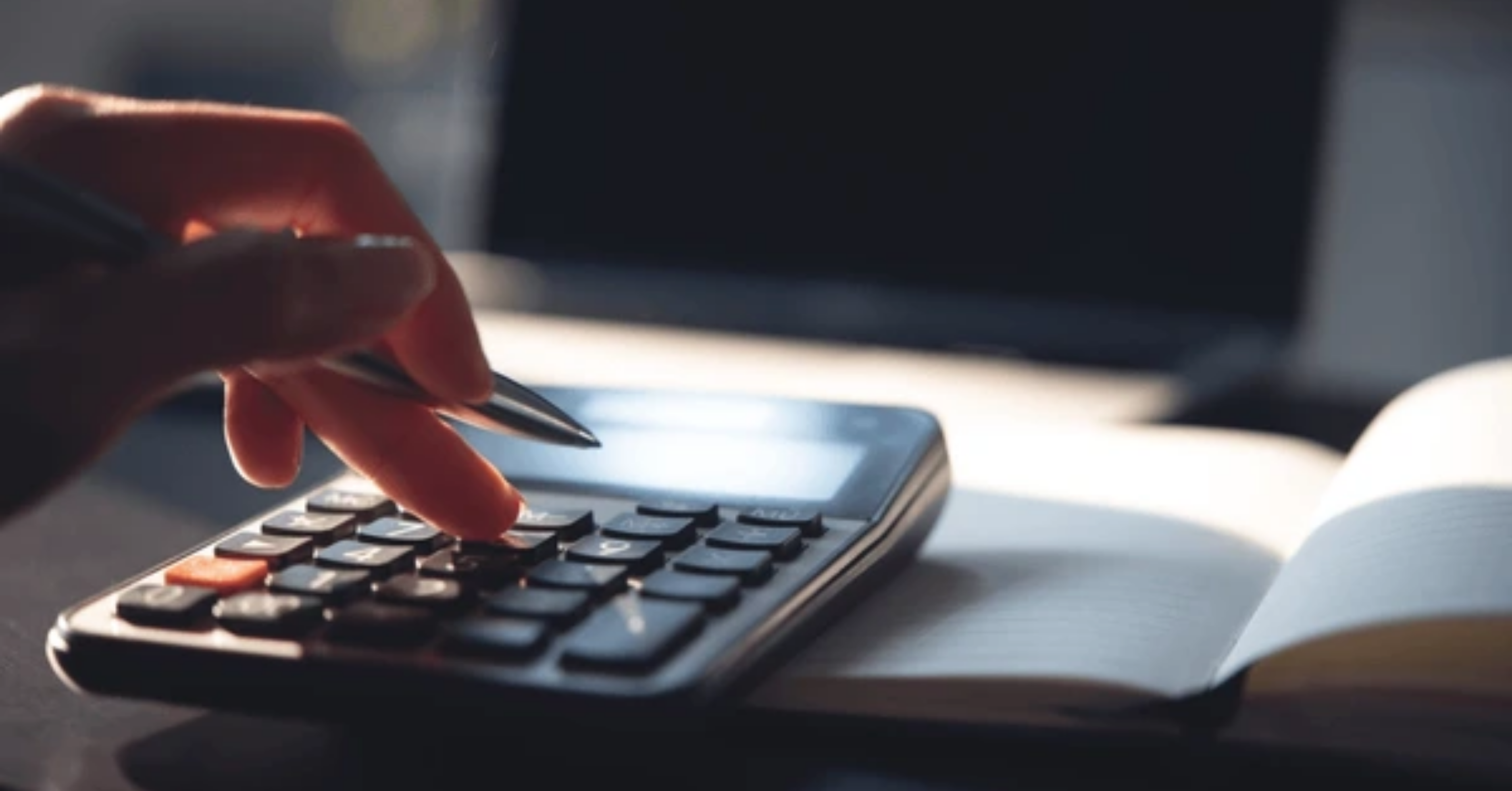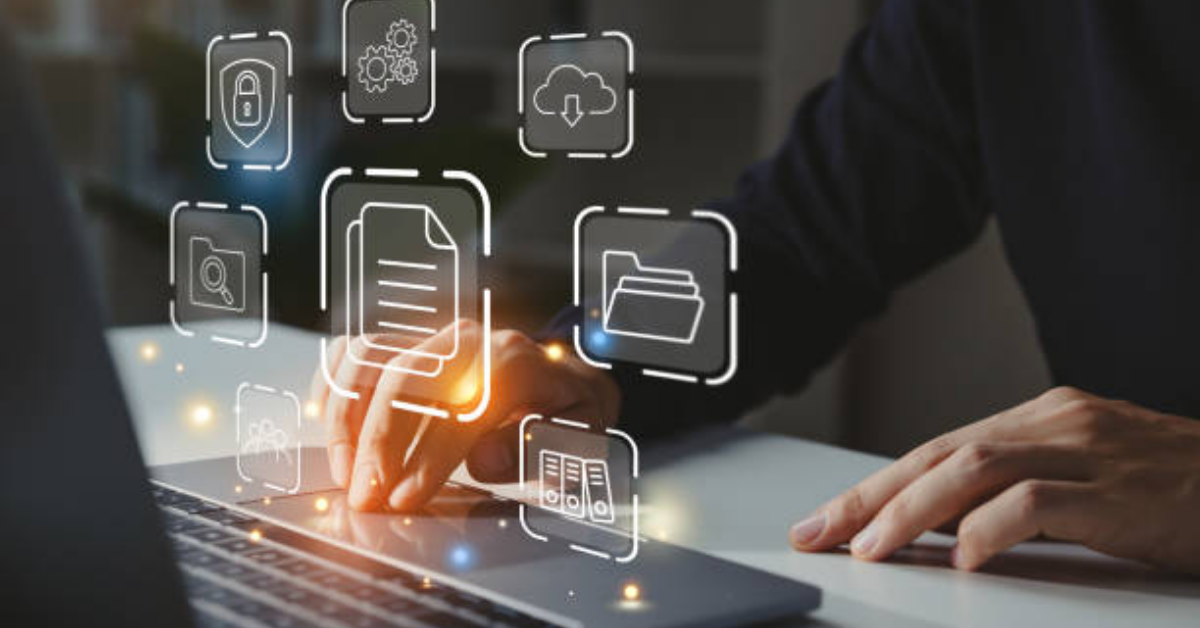Every laptop you buy for your business is more than just a piece of tech — it’s also a financial asset. And like any asset, it loses value over time. This gradual decline, called asset depreciation, has a direct impact on your financial statements, tax filings, and long-term IT planning.
Why does this matter? Knowing the depreciation rates for laptops helps you plan budgets, optimize replacement cycles, and stay compliant with accounting standards. Whether you’re a startup founder watching cash flow closely or a finance leader building policies for a larger team, understanding how laptops lose value is critical.
In this guide, we’ll break down the typical rates for laptops, explain different calculation methods like the straight line method, and show you practical examples.
Typical depreciation rates and useful life benchmarks
When companies purchase laptops, they don’t expense the initial cost all at once. Instead, they spread the cost of an asset across its useful life through depreciation. But how long does a laptop typically last in the books?
Common benchmarks
- Most finance teams assume laptops have a useful life of three to five years.
- A standard annual depreciation rate for laptops is about 25% when using the straight line method.
- These benchmarks are widely used because laptops face rapid wear and tear, shorter warranty periods, and faster obsolescence compared to other office equipment.
Why these figures matter
- Tax compliance: Local tax authorities often publish guidelines on asset classes, including IT equipment, with specific depreciation schedules.
- Financial reporting: Consistent application of asset depreciation ensures your books reflect true business value, not inflated asset figures.
- Budgeting and forecasting: Knowing how fast laptops lose value helps finance teams plan replacement cycles and future IT investments.
Flexibility across organizations
Not every company uses the same policy. Some may shorten useful life estimates to three years due to heavy usage, while others stretch to five if laptops are well-maintained. The key is consistency: once you pick your policy, apply it evenly across all similar assets.
Depreciation methods overview
There isn’t just one way to calculate how laptops lose value. Finance teams choose a method based on company policy, tax rules, and how they expect the laptop to be used. Here are the most common approaches:
Straight-line method
The straight line method is the simplest and most widely used. You take the initial cost of the laptop, subtract any expected residual value (the amount you might recover at the end), and spread the remaining balance evenly over its useful life.
- Example: A $1,000 laptop with no residual value and a four-year life depreciates at $250 per year.
- This approach produces clean, predictable numbers and is easy to apply across the business.
Reducing balance method
Also called the declining balance method, this approach applies a fixed percentage to the remaining cost of an asset each year. It front-loads depreciation, meaning the laptop loses more book value in the early years and less later on.
- Example: A 40% rate applied to a $1,000 laptop results in $400 depreciation in year one, then $240 in year two, and so on.
- This method reflects reality more closely in industries where laptops see heavier use and faster drop-offs in performance.
Units of production method
Here, depreciation ties directly to usage. Instead of time, you measure units of activity—for laptops, this could mean hours of use or workloads completed.
- Best suited for specialized devices or equipment with measurable output.
- Less common for standard office laptops, but useful in high-intensity operational settings.
Sum-of-years’ digits method
This method accelerates depreciation like the reducing balance approach, but uses a fraction based on the sum of the years in the asset’s life.
- For a four-year laptop, the sum of years is 10 (4+3+2+1).
- Year one would record 4/10 of the depreciable base, year two 3/10, and so forth.
- It’s more complex than straight lines, but some finance teams prefer it for balancing realism and compliance.
Calculation examples for clarity
To see how these methods work in practice, let’s use a simple case: a laptop with an initial cost of $1,000, no residual value, and a four-year useful life.
Straight-line method
- Annual depreciation: $1,000 ÷ 4 = $250
- Monthly depreciation: $250 ÷ 12 ≈ $20.83
- After four years, the book value of the laptop is zero.
This clean, predictable approach makes it easy for finance teams to track and budget.
Reducing balance method
Assume a 40% rate:
- Year 1: $1,000 × 40% = $400
- Year 2: ($1,000 – $400) × 40% = $240
- Year 3: ($600 – $240) × 40% = $144
- Year 4: ($360 – $144) × 40% = $86.40
Total depreciation still approaches $1,000, but the pattern shows that laptops lose value much faster in the early years, closer to how many businesses experience technology lifecycles.
Residual value scenario
If you expect to resell the laptop after four years for $100, you subtract that from the depreciable base:
- $1,000 – $100 = $900 to depreciate.
- Straight-line example: $900 ÷ 4 = $225 per year.
This adjustment ensures the cost of an asset matches its real-world lifecycle.
Comparing methods side by side
- Straight-line gives steady expense recognition.
- Reducing balance and sum-of-years’ digits recognize asset depreciation faster, which may align better with how laptops become obsolete.
- Units of production tie depreciation to usage, but it is harder to apply at scale.

Governance and tax considerations
How you account for asset depreciation isn’t just about math — it’s about governance and compliance. Clear policies ensure laptops are depreciated consistently and in line with tax rules.
Who sets depreciation policy?
- Finance leaders, often in collaboration with auditors, define the depreciation rates and methods the company applies.
- Policies must align with accounting standards (such as GAAP or IFRS) and local tax regulations.
- Once chosen, policies should apply consistently across all laptops of the same class to avoid reporting inconsistencies.
Tax compliance
- Many tax authorities publish guidelines for IT equipment, including rates for laptops. For example, some jurisdictions assume a useful life of three years for computers.
- Small businesses may qualify for simplified rules, such as immediate expensing under a de minimis safe harbor (in the U.S.) or capital allowances (in the U.K.).
- Understanding these provisions can create cash flow advantages by allowing faster write-offs.
Disposal and sale handling
When a laptop reaches the end of its useful life, companies must account for how it’s removed from the books:
- Sale of asset: If you sell the laptop for more than its book value, you record a gain. If less, a loss.
- Disposal: If the device is scrapped, its remaining book value is written off as an expense.
Audit readiness
Strong governance ensures that during audits, you can show how laptops are tracked, depreciated, and disposed of. This makes your financials more transparent and reduces compliance risk.
Strategic lifecycle management considerations
Depreciation isn’t just an accounting exercise. It directly impacts how you manage your laptop fleet, from purchase to disposal. Here are key points to consider:
Holding inventory
Buying laptops in bulk can reduce unit costs, but holding too many idle devices has downsides:
- Depreciation starts immediately once the purchase is booked, even if laptops sit unused.
- Warranties can expire while devices are still in storage.
- Technology evolves fast, meaning unused laptops lose value before they’re even deployed.
Leasing vs. buying
Leasing spreads costs over time and often includes maintenance, but it may be more expensive in the long run. Buying outright provides ownership, but you carry the risk of faster asset depreciation.
- Leasing can align expenses with usage, useful for startups managing cash flow.
- Buying gives more control, especially when paired with a resale or refresh program.
Deployment speed
Prompt deployment reduces waste. The longer laptops sit idle, the more their cost of the asset erodes without generating productivity. Fast enrollment and assignment ensure you maximize ROI.
Obsolescence planning
Laptops typically have a 3–5 year useful life, but performance can lag earlier in resource-heavy roles. Planning refresh cycles in line with expected depreciation rates helps maintain efficiency while avoiding surprise replacement costs.
Lifecycle management tools
Centralized IT platforms—like Esevel—make it easier to track devices across procurement, deployment, and retirement. With automation, you can:
- Enforce standard refresh cycles
- Reassign laptops quickly when employees leave
- Track residual values for resale or recycling
In short, aligning lifecycle management with your depreciation strategy helps you minimize hidden costs and get the most out of every purchase.
Smarter depreciation, smarter decisions
Laptops are essential business tools, but they’re also assets that lose value quickly. Understanding the depreciation rates for laptops helps you stay compliant, forecast costs, and make smarter IT decisions.
Here are the key takeaways:
- Most companies assume a useful life of 3–5 years, with common rates for laptops around 25% annually.
- The straight line method is the simplest approach, but accelerated methods like reducing balance or sum-of-years’ digits may better reflect how laptops lose value in the early years.
- Always align your asset depreciation policy with tax guidelines and apply it consistently.
- Strategic lifecycle management matters: deploy devices quickly, avoid holding idle inventory, and plan refresh cycles proactively.
- Evaluate whether leasing or buying fits your organization best, considering both financial and operational needs.
Recommendations
- Review your current depreciation policy to ensure it reflects real-world usage.
- Consult with your accountant or finance team to align on compliance and tax efficiency.
- Implement asset tracking practices or tools to monitor the cost of an asset across its lifecycle.
- Use IT management platforms to automate deployment, streamline refreshes, and minimize waste.
At the end of the day, depreciation isn’t just about accounting — it’s about making sure your laptops deliver maximum value before their time is up.
FAQs
1. What is the standard depreciation rate for laptops?
Most companies depreciate laptops over 3–5 years, with a common straight-line rate of around 25% per year. This reflects both the fast pace of technology changes and shorter useful lives compared to other office assets.
2. Which depreciation method is best for laptops?
The straight-line method is the simplest and most widely used, spreading costs evenly across useful life. However, accelerated methods like reducing balance or sum-of-years’ digits may better reflect how laptops lose value faster in the first few years.
3. Do tax authorities provide guidelines on laptop depreciation?
Yes. Many jurisdictions publish official schedules for IT equipment, often assuming a three-year useful life. Some businesses may also qualify for immediate expensing or capital allowances, depending on local tax rules.
4. How can companies manage laptop depreciation strategically?
Beyond accounting, depreciation affects IT lifecycle management. Deploy laptops quickly, avoid idle inventory, plan refresh cycles proactively, and consider leasing vs. buying. Using IT asset management platforms helps track devices, residual values, and compliance efficiently.







